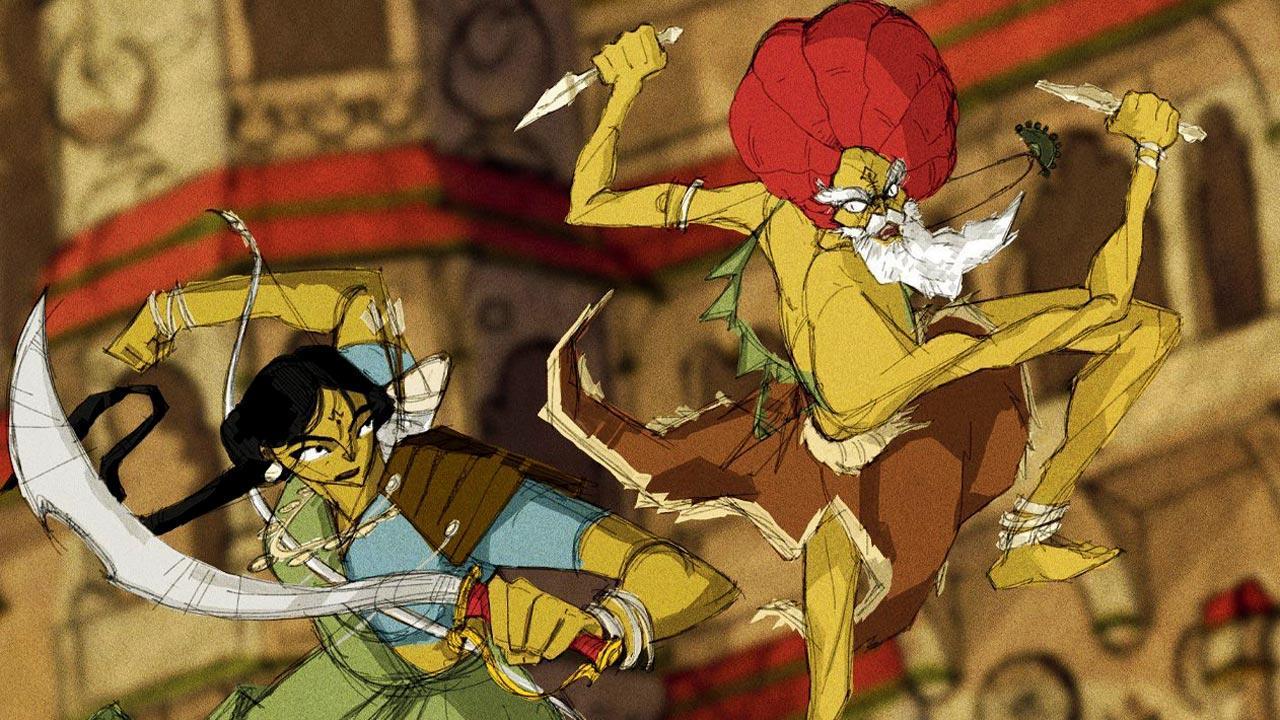Home / Sunday-mid-day / / Article /
Inventing a new tongue
Updated On: 02 June, 2024 07:50 AM IST | Mumbai | Tanya Syed
Tejaswat Kadam created a fictional language, Angae, for his animation series. He tells mid-day how linguistics add to storytelling and world-building

Pandari is a story of people coming together, told through the eyes of a commoner stuck in a conflict. Pics Courtesy/Tejaswant Kadam
When Ayushman Kirar was a first-year foundation student at the National Institute of Design in 2023, like most juniors in the hostel, his gallivanting was cut short by a senior enlisting him in a project. Kirar’s skill at voice-acting was well-known, and Tejaswant Kadam, a final-year student, told him that’s what he would be doing for his project.
Four months later, he was summoned to the Bhopal campus’ sound studio and handed a script written in an unrecognisable script. An unspoken language was introduced to the world. Kadam had created an entirely new vernacular for his graduation project—Pandari.




